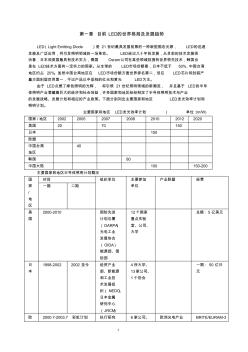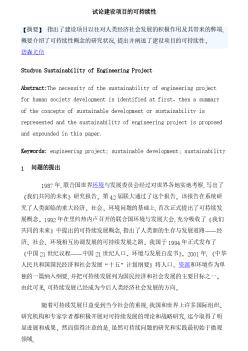Preface
Acknowledgments
Introduction
1.1 An Introduction to Sustainable Development
1.2 Introduction to the USGBC LEED—NC Rating System
Guidances
How LEED—NC Is Set Up
LEED—NC Documents
Credit Formats
Registration, Certification, Membership, and
Accreditation
Project Checklist, LEED—Online, and Templates
What to Do if Things Are Not Clear for Your Project
1.3 Miscellaneous
Organizations
Standard 189
The Carbon Commitment
References
Exercises
LEED Sustainable Sites
Land Area Definitions
Sustainable Sites Prerequisites
SS Prerequisite 1: Construction Activity Pollution Prevention
2.1 SS Credit 1: Site Selection
2.2 SS Credit 2: Development Density and Community
Connectivity
2.3 SS Credit 3: Brownfield Redevelopment
2.4 SS Credit Subcategory 4: Alternative Transportation
SS Credit 4.1: Alternative Transportation——Public Transportation
Access
SS Credit 4.2: Alternative Transportation——Bicycle Storage and
Changing Rooms
SS Credit 4.3: Alternative Transportation——Low—Emitting
and Fuel—Efficient Vehicles (LEFEVs) [and also Alternative
Fuel Vehicles (AFVs)]
SS Credit 4.4: Alternative Transportation——Parking Capacity
2.5 SS Credit Subcategory 5: Site Development
SS Credit 5.1: Site Development——Protect or Restore Habitat
SS Credit 5.2: Site Development——Maximize Open Space
2.6 SS Credit Subcategory 6: Stormwater Management
SS Credit 6.1: Stormwater Management
Quantity Control
SS Credit 6.2: Stormwater Management——Quality Control
2.7 SS Credit Subcategory 7: Heat Island Effect
SS Credit 7.1: Heat Island Effect——Non—Roof
SS Credit 7.2: Heat Island Effect——Roof
2.8 SS Credit 8: Light Pollution Reduction
2.9 Discussion and Overview
References
Exercises
LEED Water Efficiency
LEED Energy and Atmosphere
LEED Materials and Resources
LEED Indoor Environmental Quality
7 LEED Innovation in Design Process and Regional Priorities
8 A Systematic View of Green and Minimum Program Requirements
9 Department of Defense (DoD) Sustainable Construction and Indoor Air Quality (IAQ)
10 Low—Impact Development and Stormwater Issues
A Notation
B Definitions
C Units
Index 2100433B

 LED的可持续性发展报告
LED的可持续性发展报告

 试论建设项目的可持续性
试论建设项目的可持续性